-

by Jody Chan Apr 15, 2024 5 min read
-
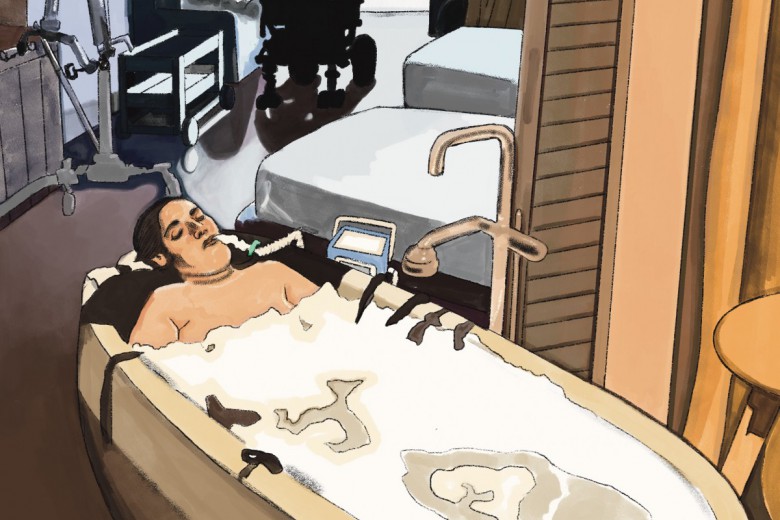
by Megan Linton, Mary Jean Hande, and Ethel Tungohan Oct 25, 2023 11 min read
-

by Nisha Patel Sep 11, 2023 3 min read
-
_780_520_90_s_c1.jpg)
by Trish Mills Sep 7, 2023 9 min read
-
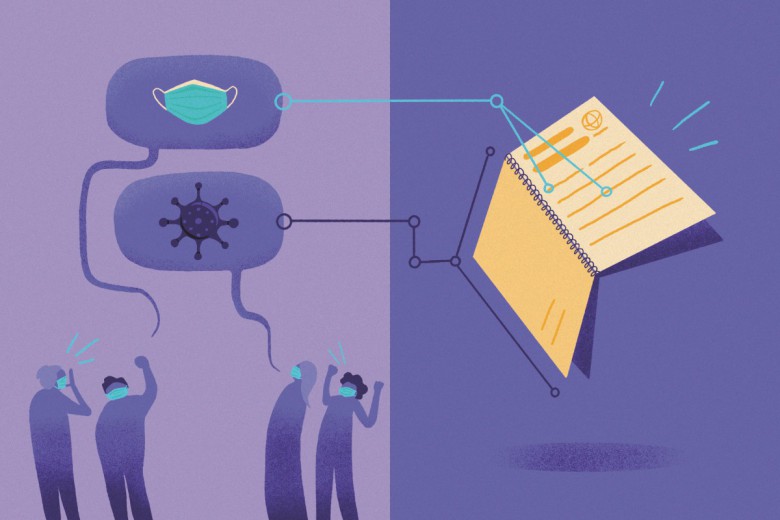
by griffin epstein and kate klein May 8, 2023 10 min read
-
_780_520_90_s_c1.jpg)
by Yasmine Simone Gray May 8, 2023 4 min read
-
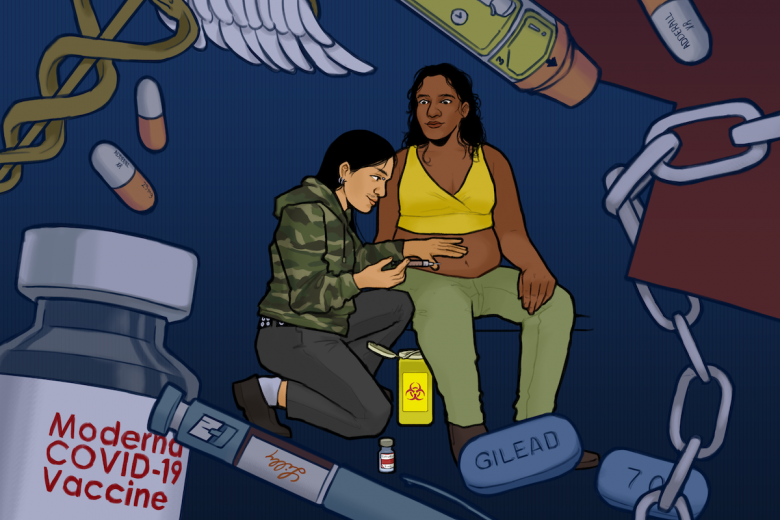
by Megan Linton Mar 1, 2023 10 min read
-
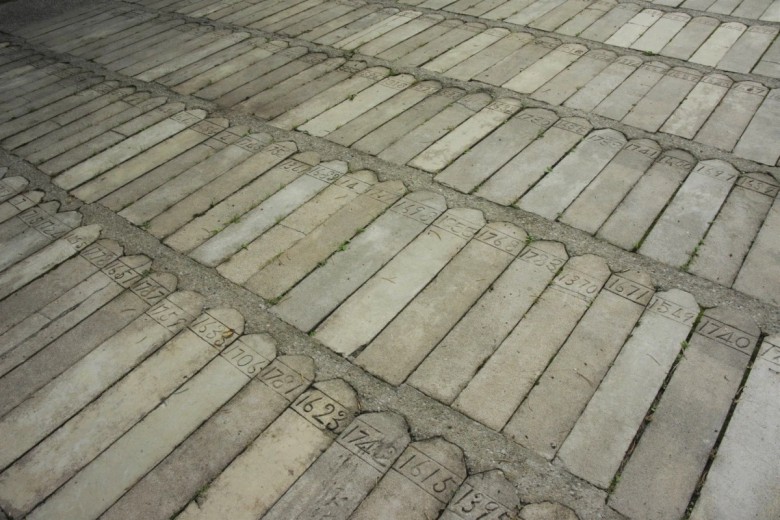
by Megan Linton Nov 1, 2022 15 min read
-
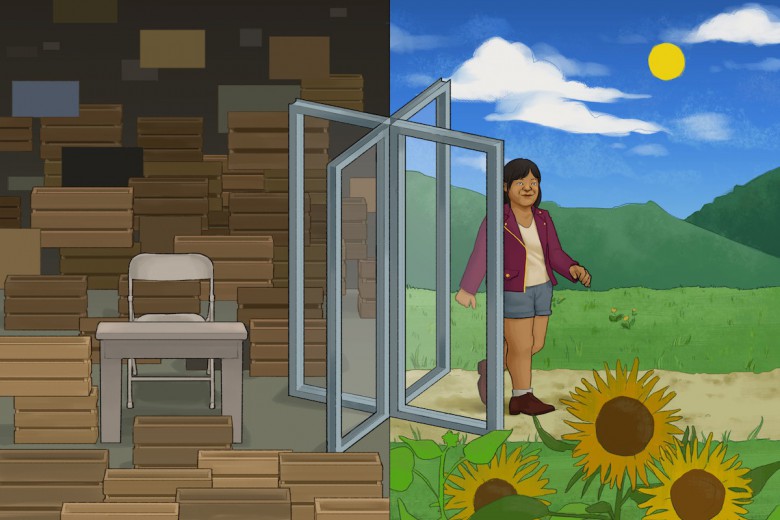
by Sophie Jin Nov 1, 2022 8 min read
-
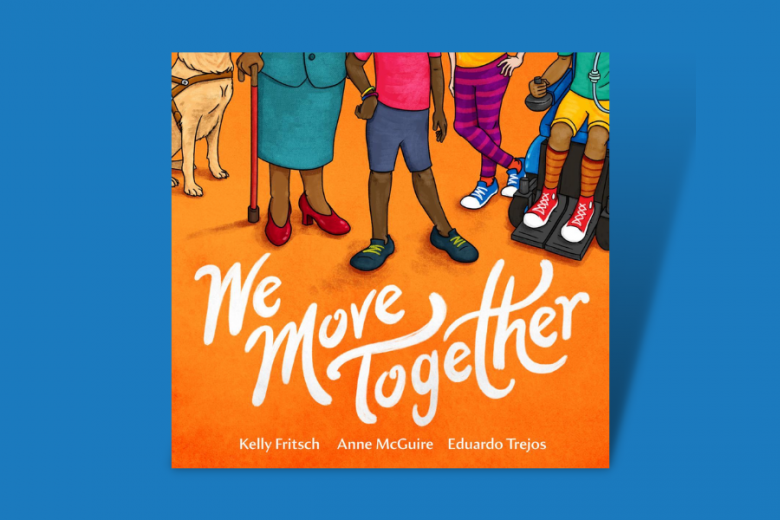
by Jayde Jarvis Sep 7, 2022 6 min read
-
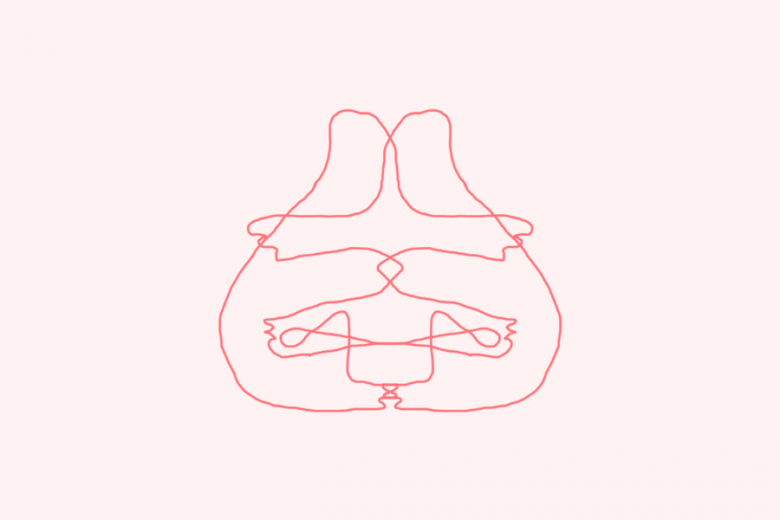
by Bára Hladík Sep 7, 2022 9 min read
-
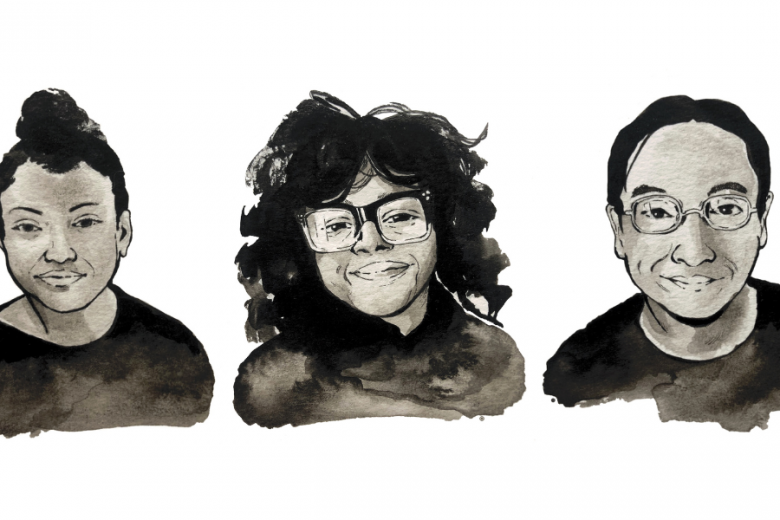
by Yasmine Simone Gray Sep 7, 2022 14 min read
-

by Rachel Jobson Sep 7, 2022 11 min read
-

by Megan Linton Sep 7, 2022 9 min read
-
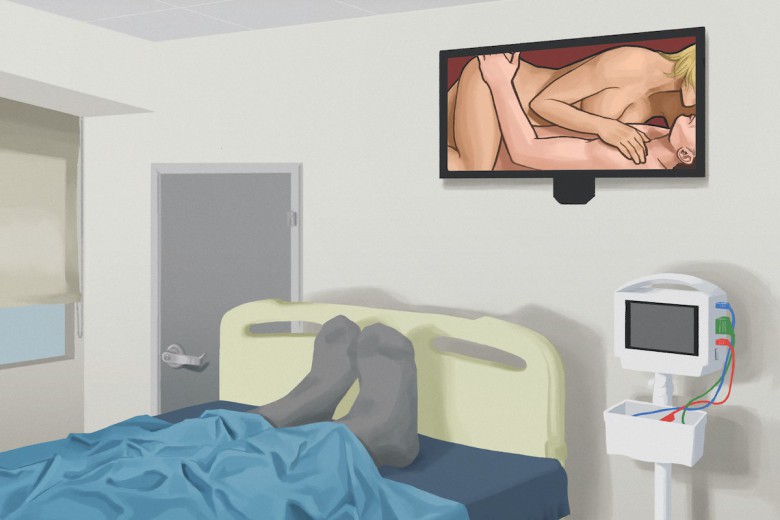
by Vicky Levack and Megan Linton Sep 7, 2022 10 min read
-
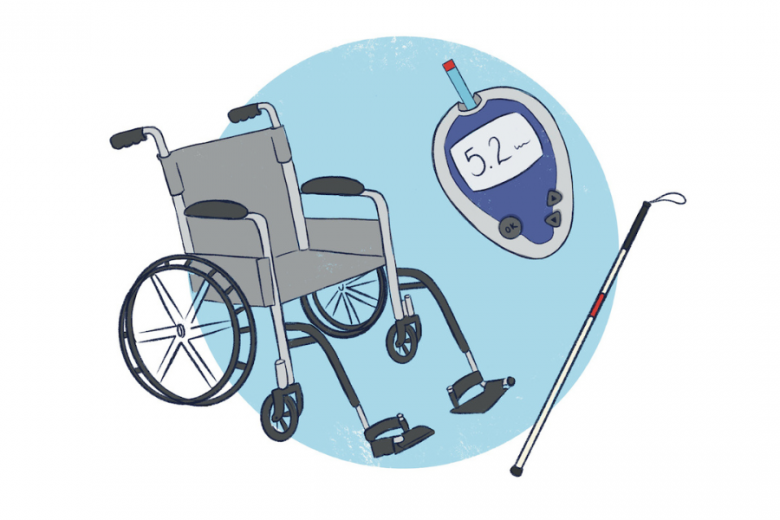
by seeley quest and Briarpatch Staff Sep 7, 2022 7 min read
-
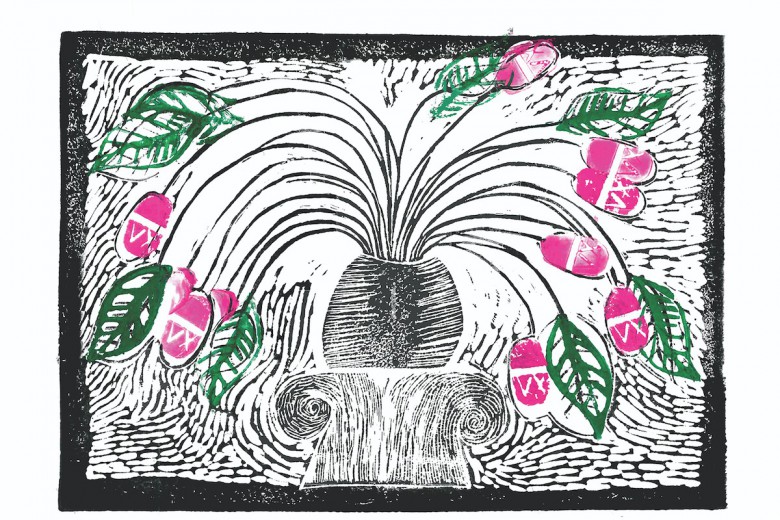
by Kendra J. McLaughlin Sep 7, 2022 7 min read
-
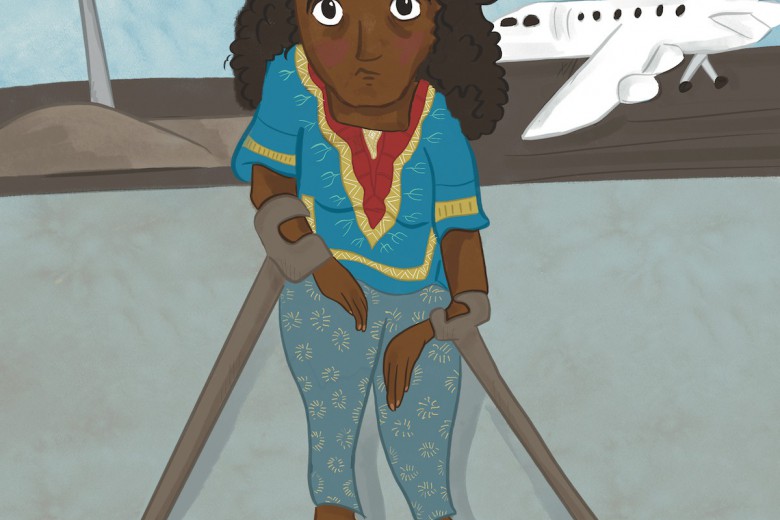
by Ameil Joseph and Briarpatch Staff Sep 7, 2022 7 min read
-
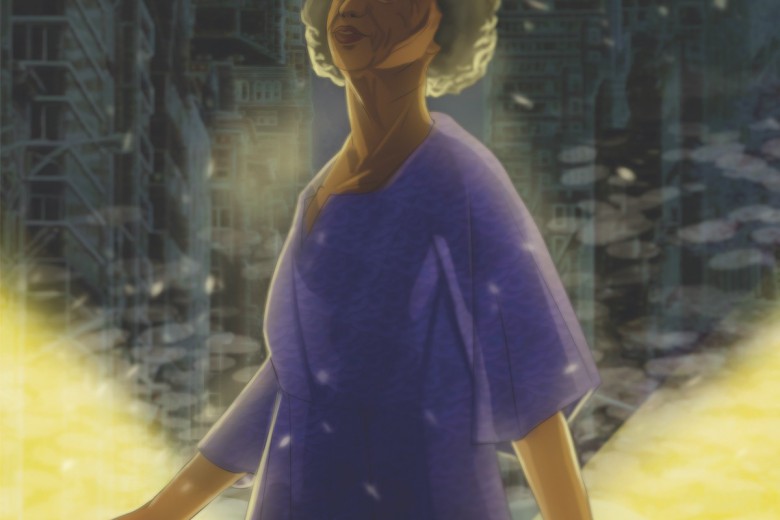
by Amina Yasin Sep 7, 2022 12 min read
-
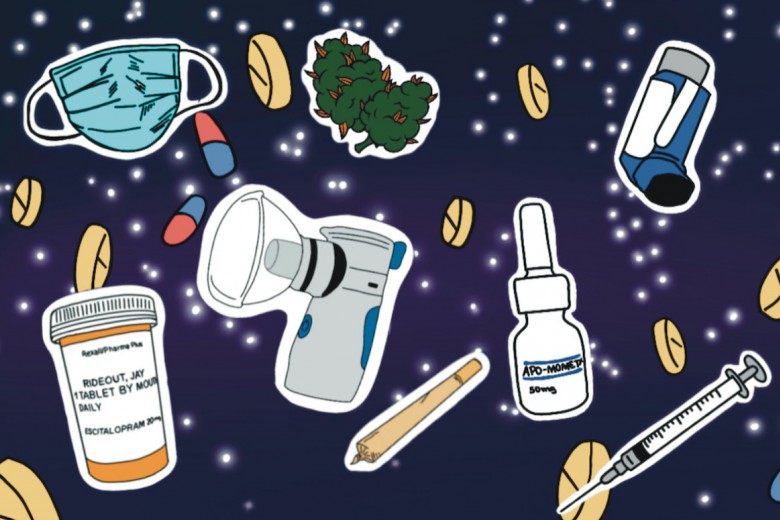
by Carlyn Zwarenstein Sep 7, 2022 12 min read



_780_520_90_s_c1.jpg)

_780_520_90_s_c1.jpg)
















